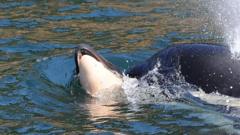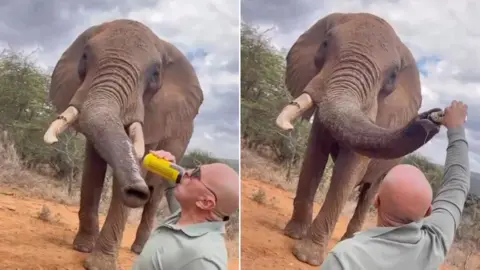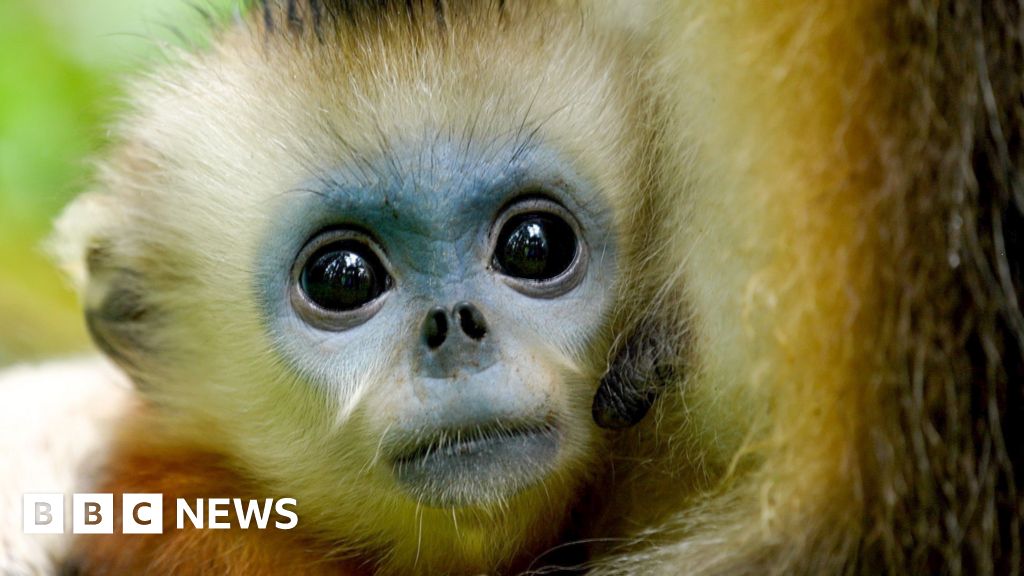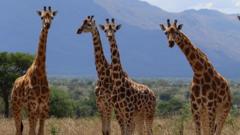A poignant story of grief has emerged from the waters off Washington state, where Tahlequah, the renowned killer whale, has been seen carrying her dead calf, reminiscent of her heart-wrenching display in 2018. The Center for Whale Research confirmed that Tahlequah, also known for her previous display of maternal anguish that lasted 17 days, is again navigating the ocean with the lifeless body of her newborn.
This latest tragedy follows the death of two out of four of her calves, both of which were female, marking a significant loss for Tahlequah and underscoring the precarious situation for the Southern Resident killer whale population. Listed as endangered by both Canada and the United States, these orcas have seen their numbers dwindle largely due to the devastating reduction in Chinook salmon, their primary food source, as revealed by research from the University of Washington.
The combination of nutritional challenges and persistent reproductive failures has put immense strain on these whales. Observations suggest these animals can typically traverse an average distance of 120 kilometers (75 miles) a day, yet Tahlequah’s journey has become one marked by sorrow.
The memory of her previous grief, captured when she mourned a calf amidst the waters of British Columbia, serves as a somber reminder of the ongoing dangers these creatures face. The loss of Tahlequah's calves not only highlights her personal struggle but also acts as a powerful symbol of the broader ecological issues threatening a species already at risk.





















